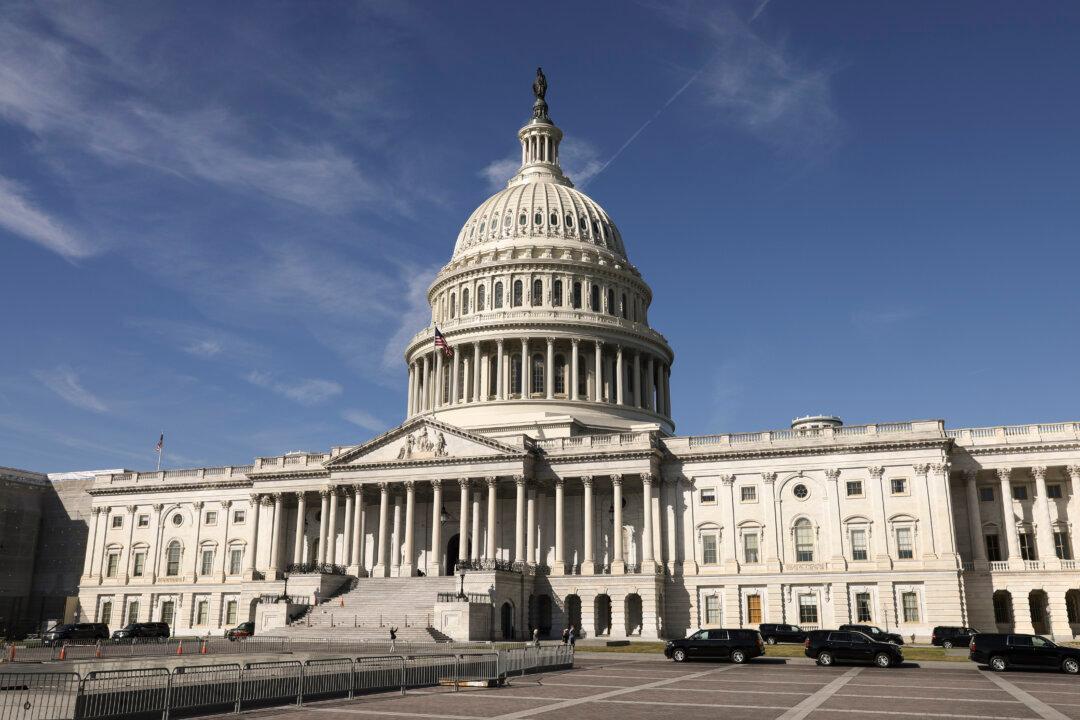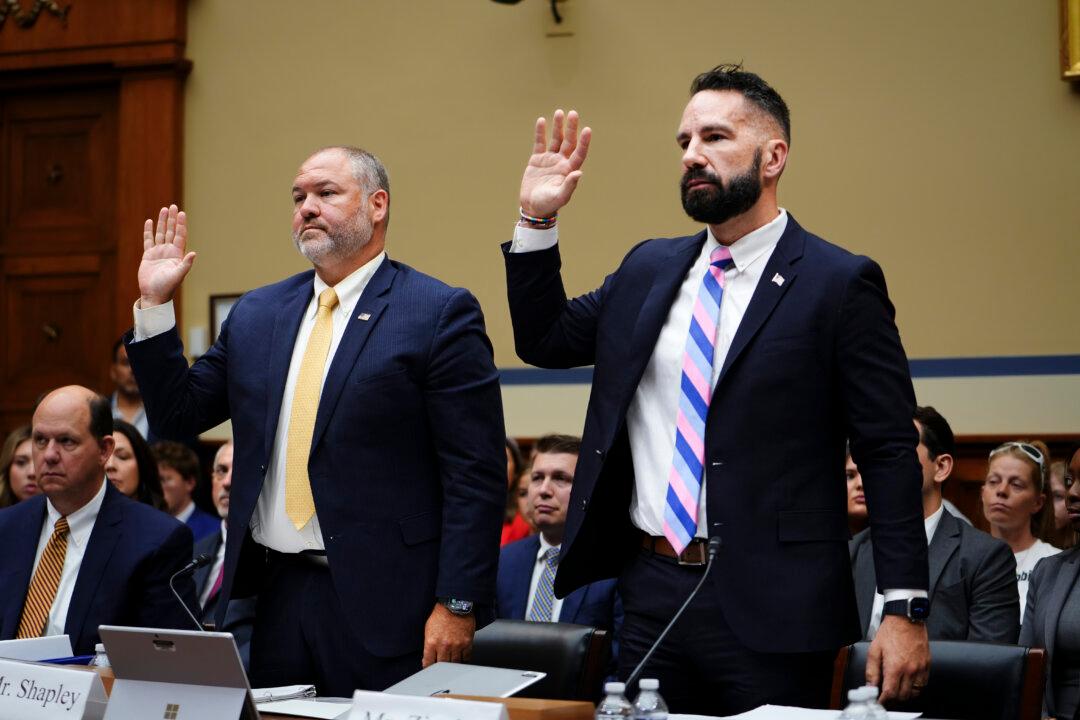WASHINGTON—Virtually everybody who is or was somebody important in the federal budget debate since 1974 came to the Third Annual Better Budget Process Summit, hosted by the Committee for a Responsible Federal Budget (CRFB) near Capitol Hill on Feb. 25.
Senate Budget Committee Chairman Mike Enzi (R-Wyo.) spoke, joined by his Democratic colleague on the panel, Sen. Sheldon Whitehouse of Rhode Island, to talk about their historic Bipartisan Congressional Budget Reform Act, the first such legislation to pass their panel in 30 years.





